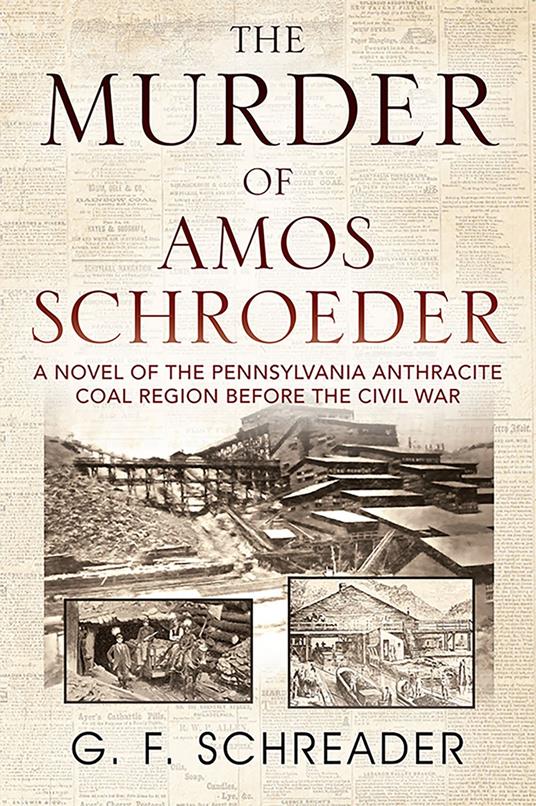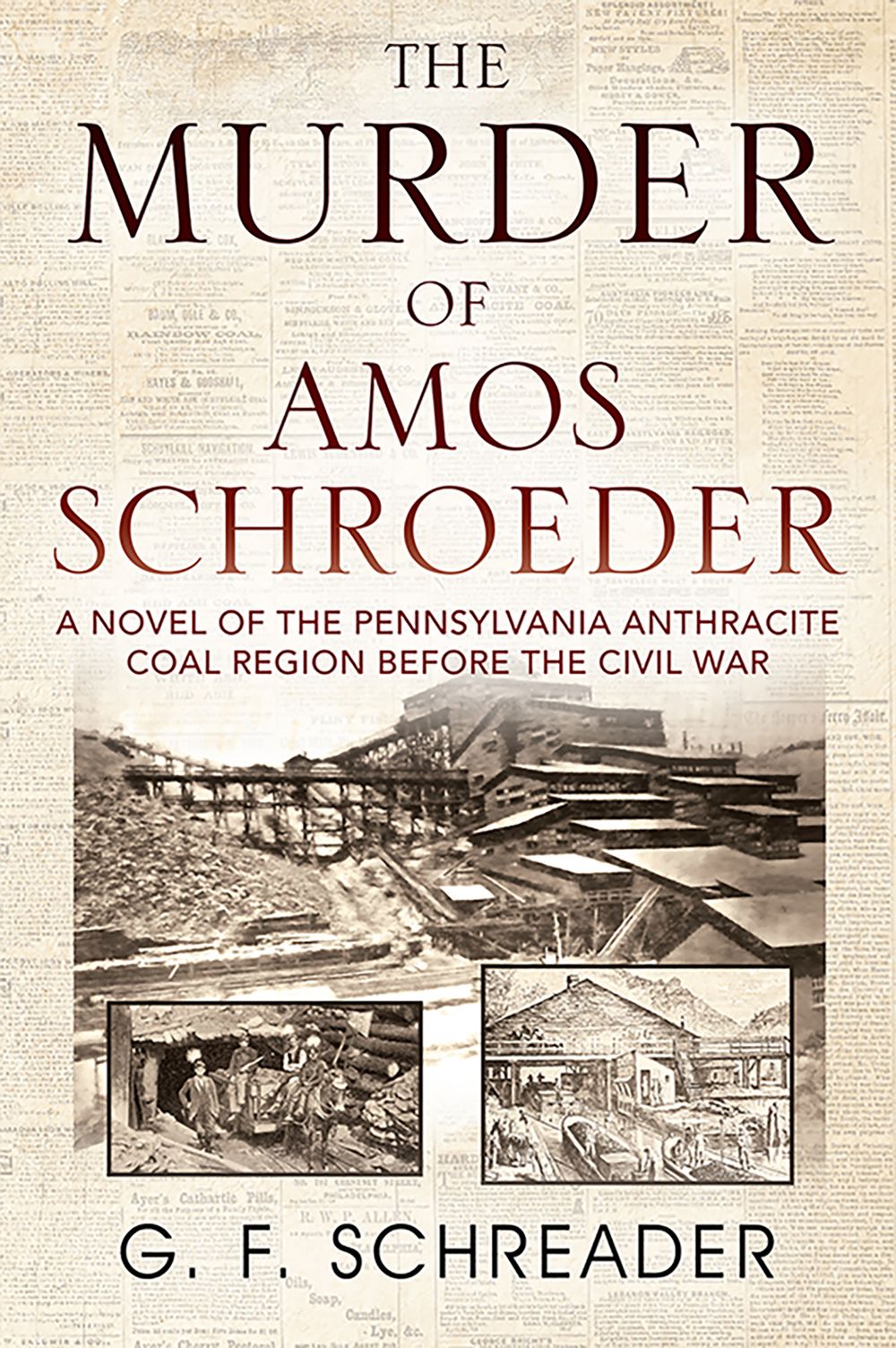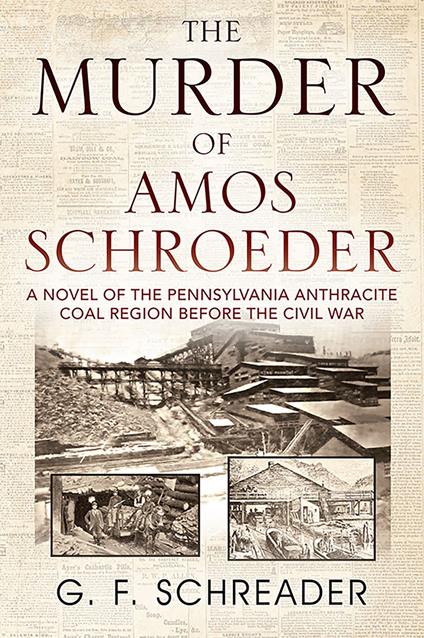The Murder of Amos Schroeder
In late November of 1859, in the Borough of Port Carbon, Pennsylvania, the battered body of a man was found in the sluice of an abandoned slack water channel of the Schuylkill Canal. It was determined by local authorities to have been a murder. But the victim, thought to be a local resident, went unidentified for almost six months. Port Carbon was one of the many boom towns in the six-county coal region of upstate eastern Pennsylvania. It was the northern terminal point of the 108-mile-long Schuylkill Navigation, the brilliantly engineered canal system along the Schuylkill River between Philadelphia and Schuylkill County. With the discovery of vast resources of anthracite coal at the turn of the century, in the short span of fifty years, what had once been a verdant wilderness had now become a mecca of American industrialization. The unyielding demand for anthracite to fuel the growing America in the northeast by the mid-nineteenth century had grown to magnanimous proportions. Immigrants from all over Europe and beyond poured into the coal region to work the mining and canal operations to supply coal via barge and later the railroads downriver to the tidewater port in Port Richmond near Philadelphia. As in every frontier expansion in American history, there also comes the darker side of human interactions. Men murder other men. The mysterious affair and the unusual facts surrounding the murder of one Amos Schroeder, a local mine boss from a German immigrant family, was published in a series of four newspaper articles spanning from December, 1859 to May, 1860. His story appeared in the Miners’ Journal, and Pottsville General Advertiser, the historical regional weekly newspaper of publishing magnate Benjamin Bannan of Pottsville. Bannan was a political economist and journalist, one of the most prominent newspaper men of his time. Bannan’s whole life was focused on the expansion of the coal region, and he chronicled everything within his purview. Details of Bannan’s investigation into the murder, however, are not known. We only know what appeared in the series of these four articles. The case was apparently solved, but never fully closed. The murderers, who had been identified through the efforts of Bannan, fled Schuylkill County before they could be brought to justice despite the reward offered by the County Commissioners. Bannan, for whatever unknown reason, had opted not to publish the murderers’ names, as they remained at large. No historical record has been found to indicate that they may have been apprehended, nor ever publicly named. It was not until over a hundred and fifty years later when members of the family, while researching their coal region ancestry, stumbled upon the case of Amos Schroeder, who was discovered to be the brother of the author’s Great-Great Grandfather. The identities of the murderers, however, remain lost to history. This book is a fictional account of how the facts and the mysterious circumstances surrounding his murder may have arrived on the pages of the Miners’ Journal. It is also a novel that takes a historical journey to the anthracite coal region of eastern Pennsylvania during the mid-nineteenth century when coal was king. It is a story of the hardships endured by the thousands of immigrant families who worked the mines and waterways of the Schuylkill Canal. It is a story of the heritage both famously and infamously created by the coal barons, industrialists, and railroad magnates who fueled the industrialization of a young America.
-
Autore:
-
Anno edizione:2023
-
Editore:
-
Formato:
-
Lingua:Inglese
Formato:
Gli eBook venduti da Feltrinelli.it sono in formato ePub e possono essere protetti da Adobe DRM. In caso di download di un file protetto da DRM si otterrà un file in formato .acs, (Adobe Content Server Message), che dovrà essere aperto tramite Adobe Digital Editions e autorizzato tramite un account Adobe, prima di poter essere letto su pc o trasferito su dispositivi compatibili.
Cloud:
Gli eBook venduti da Feltrinelli.it sono sincronizzati automaticamente su tutti i client di lettura Kobo successivamente all’acquisto. Grazie al Cloud Kobo i progressi di lettura, le note, le evidenziazioni vengono salvati e sincronizzati automaticamente su tutti i dispositivi e le APP di lettura Kobo utilizzati per la lettura.
Clicca qui per sapere come scaricare gli ebook utilizzando un pc con sistema operativo Windows



